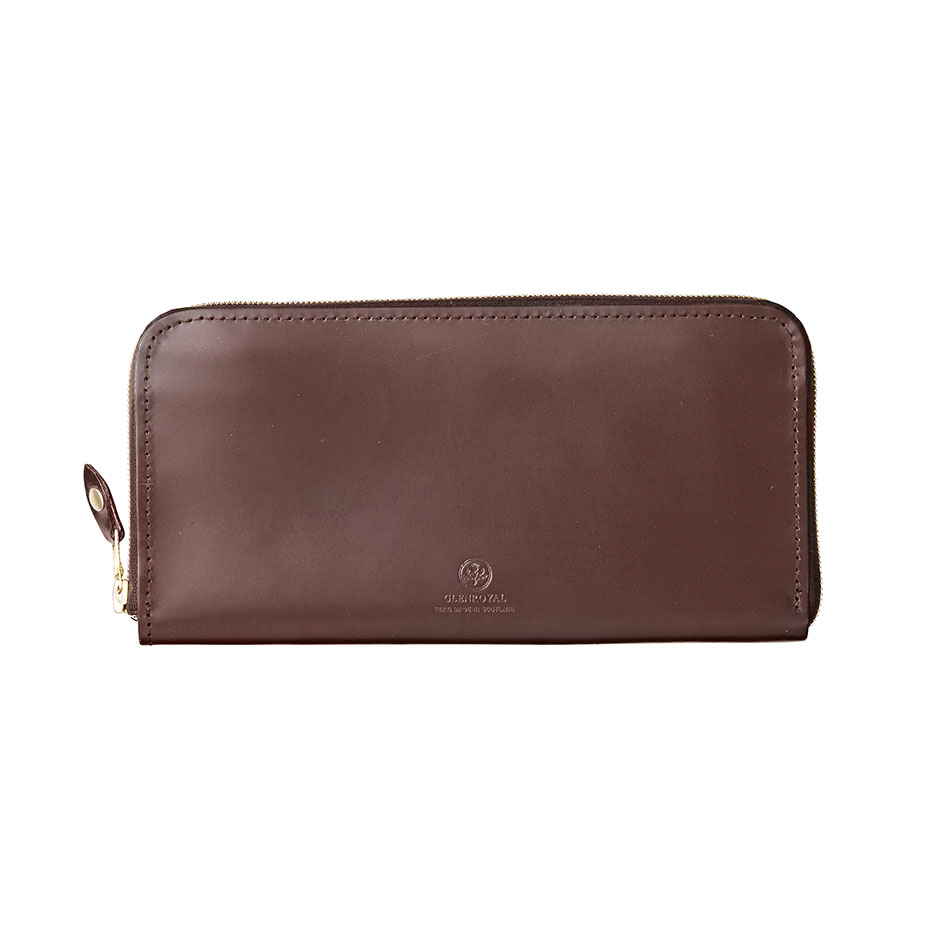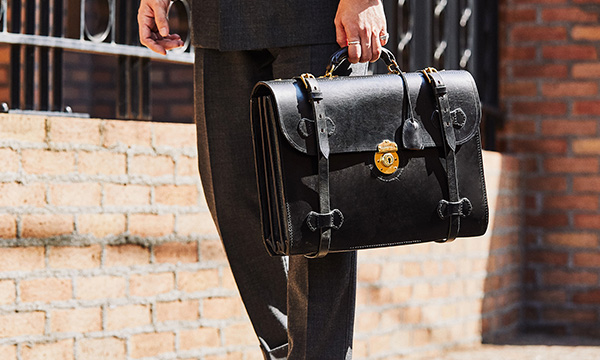No.018
The Glenroyal long wallet that strummed the heartstrings of a “one-person wholesaler” and craft buyer.
Head of Studio BokeAkiko Hino
Perhaps the things that are truly good
are those that you will miss when they’re gone
With “connecting those who make things with those who use them” as her mission, Akiko Hino, the head of Studio Boke, serves as an intermediary between craftsmen or local industries in Japan and retailers. This includes not only acting as a wholesaler, but also holding exhibitions, acting as a local industry advisor, and sharing wonderful lifestyle implements and handicrafts with the world through a variety of means. Just what was it that drew someone with such a keen aesthetic sense as her to Glenroyal?
A matchmaker for creators and stores.
━ Please tell us a bit about your line of work.
Aside from my core wholesale business, my work consists of planning exhibitions, acting as an advisor or speaker for local industries, as well as writing. I originally did sales for a company called “Matsuya Shouji” (which dissolved in 1998). It was an odd place in that its management was lax in a way that wouldn’t be possible at a normal company, like for example if I liked wallets then I would only sell wallets, and if we ran out of inventory then we could just replenish it as we pleased with things we thought we interesting. For instance, when I was placed in charge of “Living Motif”, a long-standing interior design shop in Roppongi, I would propose Japanese products that I thought were a perfect fit for the store, and they would stock them. My predecessor had only done business with a glassmaker from overseas that they acted as an agent for, so the buyers were happy to have me suggest items I personally thought were good.
I refer to my wholesale business as “matchmaking”. Even if an item is generally said to be great, its merits aren’t going to reach the viewer unless it’s in a store that truly understands said appeal and allows it to shine. I find it interesting how, even when dealing with the same item, one shop will put the spotlight on one aspect of it, while at another place they’ll focus on an entirely different part. Finding the perfect fit is what brings me joy as a wholesaler. I often visit the locales of local industries and the workshops of craftsmen, and it’s all too common to find really wonderful products that are going unknown because of all the other items available. Cutting all that away and connecting such products with people who will put them to use is a very rewarding job in my opinion.
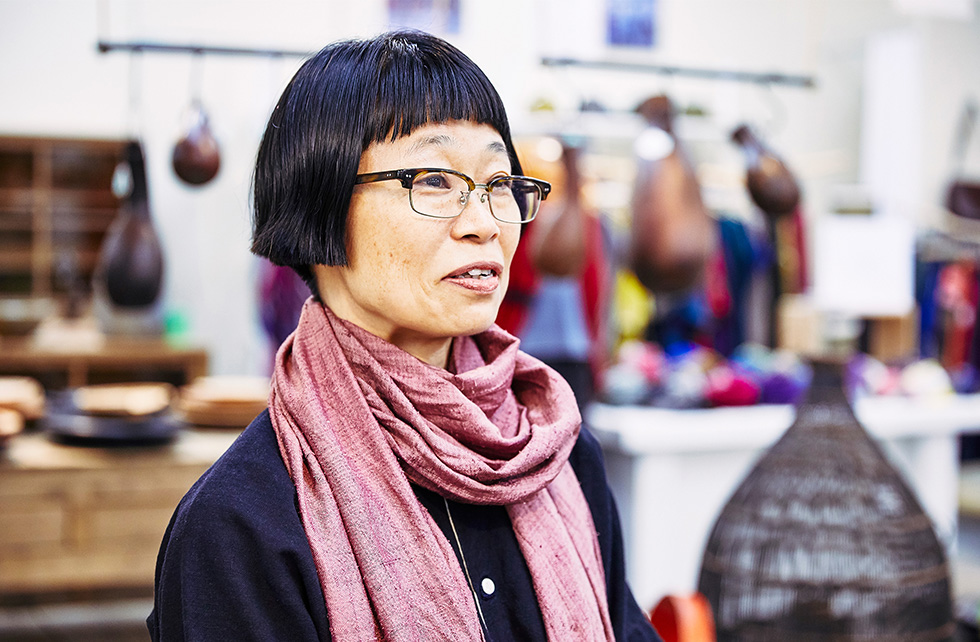
Increased interest in kitchenware as we charge into the age of lifestyle
━ Have you had any particularly memorable projects?
Shortly after I went independent, I worked on an exhibition at a place called “Living Design Centre Ozone” in Shinjuku that involved putting 50 varieties of food planned by the chef Reiko Tanaka, who heads “Food Gallery 612”, placed rice bowls by 50 artists and arranged in a panel. I went all out and even made pamphlets, and when those started getting around to people, I had someone from Italy tell me that they wanted to do the same kind of exhibition back home. They made pamphlets as part of said project, but the dishes were all completely out there (laughs). That was around 1999, and the interest of the times gradually shifted towards lifestyle items, as could be seen through things like the magazine ku:nel launching. Then in 2010 I received an order from Koshi Baba of Starnet to do an exhibition of kitchenware without items made by artists.
That was when I began to deal with more products from local industries. Mr. Baba is a person of great foresight, and I was surprised by how, after that exhibition, the focus really did turn towards lifestyle items and kitchen utensils in particular. So, in that sense it was a very memorable project. Another project that sticks out in my mind is the “Ginza Handicraft Direct Sales Depot”, which was held at Matsuya Ginza just at the beginning of this last October. I’ve been taking part in this project for a decade now, but I decided that this year was going to be my last. The event really takes a lot out of me, which is why I’m calling it quits here and devoting next year to writing a book and launching other projects.
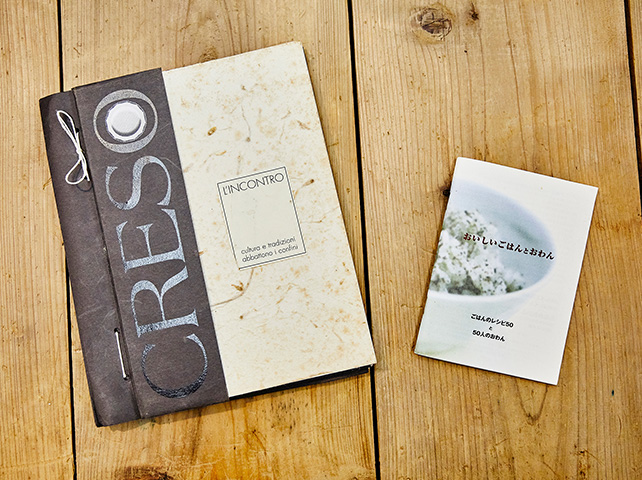
Items that don't stand out too much, but will still be missed if lost
━ What constitutes a "good product" in your mind?
Perhaps something that you’re going to miss if you don’t have it in your daily life. Occasionally I will loan out some of my favourite utensils in order to help people understand the greatness of items that aren’t available at a price that can be paid without careful thought. For example, the other day I lent a friend some cutlery made by Masahiro Hiraoka, a wood craftsman from Iwate. The week or so they were loaned out was really inconvenient for me. But, doing so made it sink in just how much I relied upon that cutlery. I will sometimes also loan out my favourite lacquerware, and while I do have plenty, there are those items that I prefer over others. I’ll often find myself being like “Oh yeah, I lent that one to a friend” when I go to use a particular piece (laughs). Things that inspire such feelings are what I consider to be truly good products.
In contrast, I’m not overly fond of products with designs that really leap out in life. While I do like things that have pretty silhouettes, those items that blend into day-to-day routine like the air in the room are what I find great. The fact that they don’t stand out excessively allows such products to become a part of my lifestyle and use them until they’re in shambles.
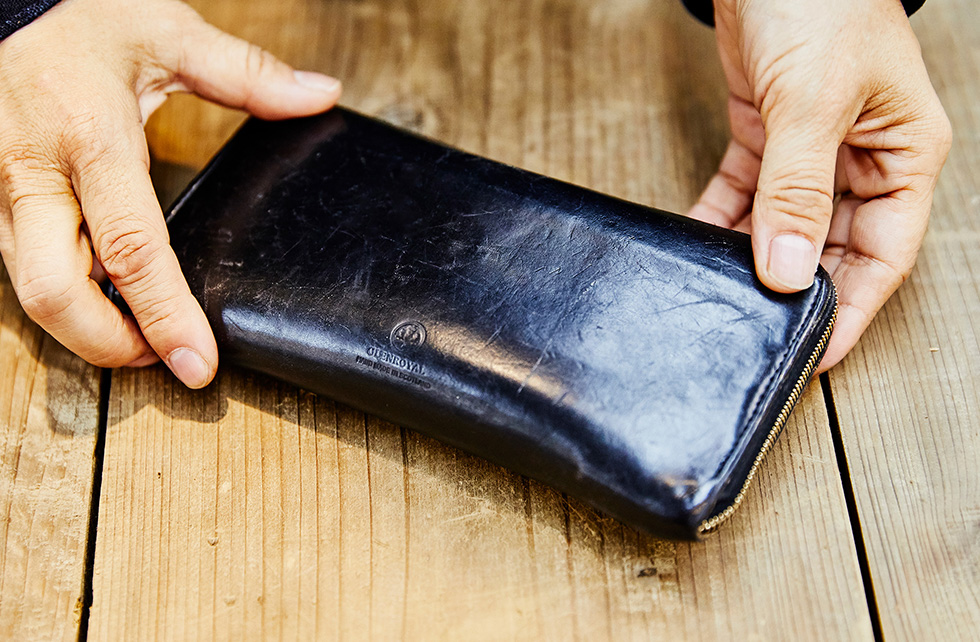
A brand one can have confidence in, even after heavy use
━ How did you discover Glenroyal?
I came across this wallet about a year ago at British Made in Aoyama. I normally only use 100 percent domestically-made products, but when the staff showed the wallet to me it was just so fantastic, and I was reminded once more of the awesomeness of something made in a factory with history. Many of the products I deal with are small-scale or crafted by individual artisans, and while their designs may be fine and graceful, they are often lacking when it comes to durability. So, the sense of security Glenroyal products inspire in that sense is amazing. Bridle leather is pleasant to the touch, and the quality is something that you know you can rely upon. I tend to put my possessions through a lot of heavy use that wears them out quickly, but this wallet is still in this good of shape even after a year of me putting it through its paces, which just goes to prove its quality.
When it comes to wallets in particular I feel that the oil from my hands is enough, so I don’t apply any maintenance at all (laughs). What’s more, I’m an analogue person who doesn’t use apps and instead keeps lots of point cards, so I find it amazing that this Glenroyal wallet can handle it all. I’ve become so fond of it, that I’m now secretly planning to buy a tote bag as well (laughs). I figure that if I’m going to do so, I may as well order a two-tone combination.
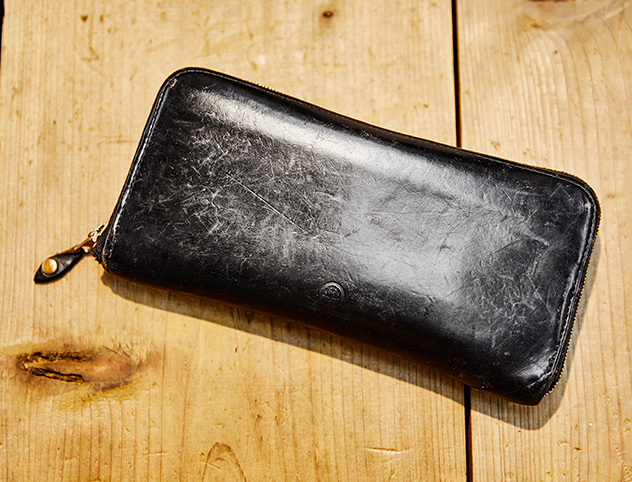
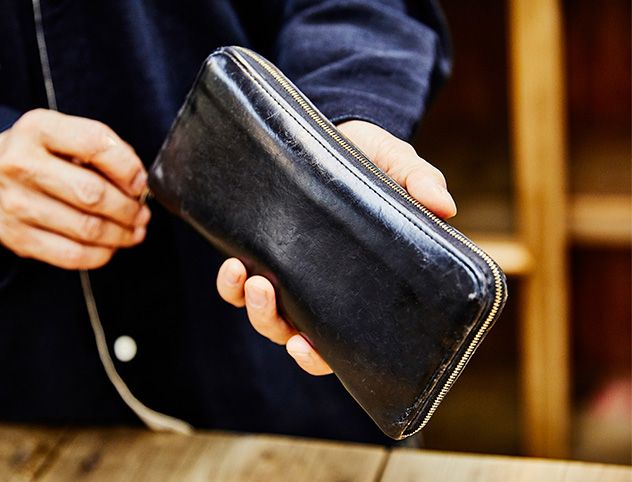
A love for items that change over time.
━ Are there any products besides those from Glenroyal that you have used for many years?
My motto is to put things I like to heavy use. My lacquerware is a good example of this. The pieces I have here with me today are made by Appi Urushi Studio in Iwate, Tokeshi, a wood and lacquerware maker from Okinawa, as well as craftsmen like Kuniko Abe and Toshihiko Takahashi. I’ve been using some of them for over ten years now, and I love how they started off matte but took on a sheen with use. Lacquerware takes a very long time to make, and requires skill to boot, but I find it appealing how all of this shows in its nice texture the way the fruits of putting it to regular use shine through so readily. People I know often say that they want some of their own. I think that perhaps lacquerware may be similar to Glenroyal products in the sense that they give rise to charm not found in newly made items.
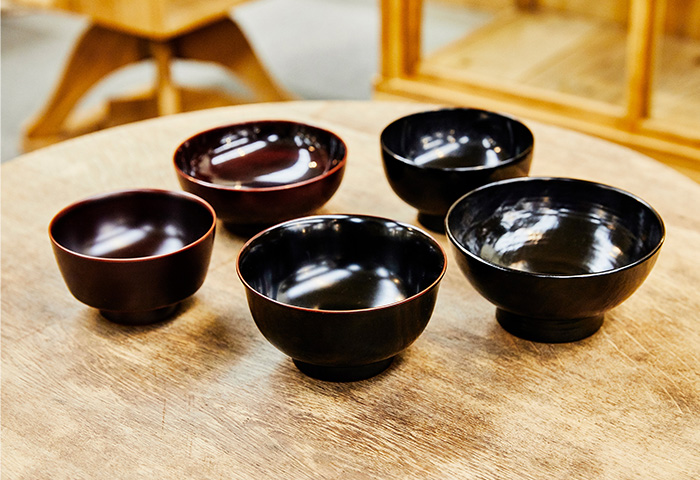
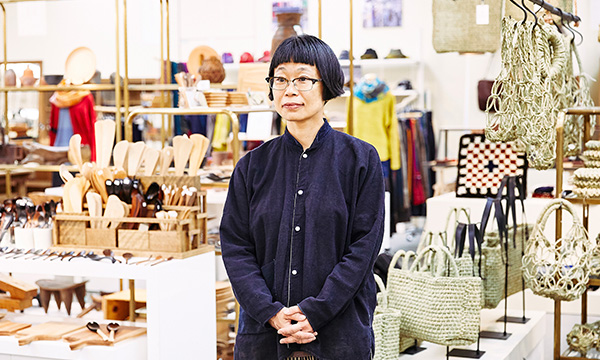
photoTRYOUT textK-suke Matsuda
Head of Studio Boke
Akiko Hino

Born in 1967. Influenced by Yoshio Akioka while studying life art in the Home Economics Department of Kyoritsu Women’s University. Joined Matsuya Shouji upon completing university. Went independent in 1999 and founded Studio Boke. Works mainly as a wholesaler connecting stores with artisans and local industry while also planning exhibitions, acting as an advisor and speaker for local industries, and writing. Written works include Utsuwa no Techo 1 & 2 and Daidokoro Dougu wo Issho Mono ni Suru Teire-jutsu.
http://utsuwacafe.exblog.jp
special thanks:Matsuya Ginza, Nihei Furukaguten
photoTRYOUT textK-suke Matsuda
